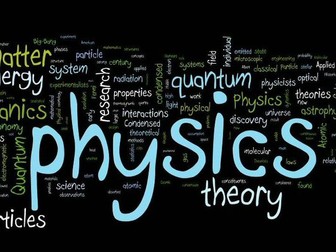Surface Area and Volume
<p>This lesson is suitable for the AQA GCSE Biology and AQA Combined Science: Trilogy course looking at surface area to volume ratio (SA:V) using examples in a I Do, We Do and You Do modelling approach.</p>
<p>This lesson walks through students on how to calculate the area and volume of an object first; before going onto look at the surface area to volume ratio (including an exam question example for students to attempt).<br />
*Some students may need to use calculators. *</p>
<p>When using this resource I would suggest that:</p>
<ul>
<li>The ‘Knowledge Checks’ are completed on Mini White Boards.</li>
<li>The ‘Check for Understanding’ questions are also completed on Mini White Boards.</li>
<li>The ‘Independent Practice’ question is completed in student exercise books - with the students working silently and independently.</li>
</ul>
